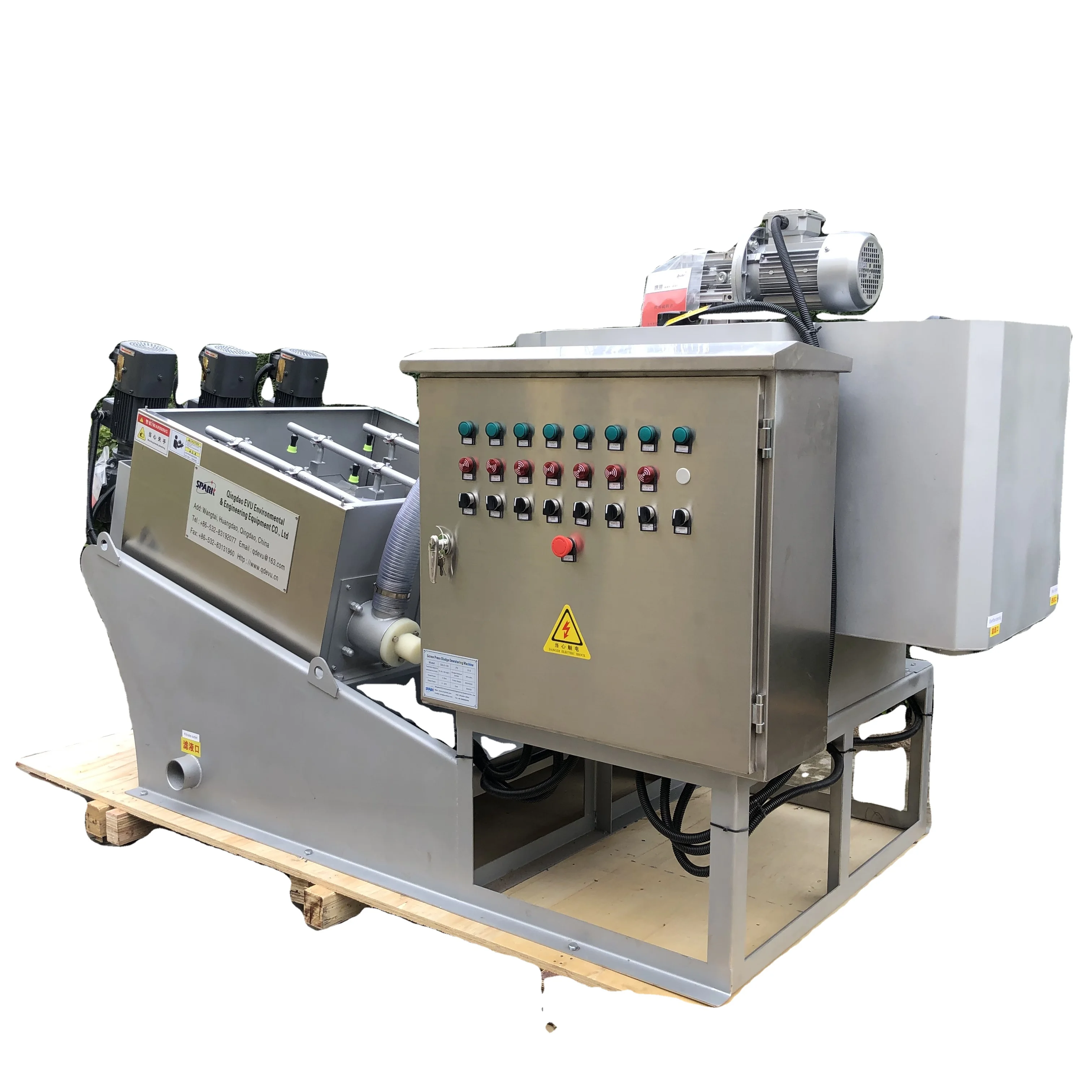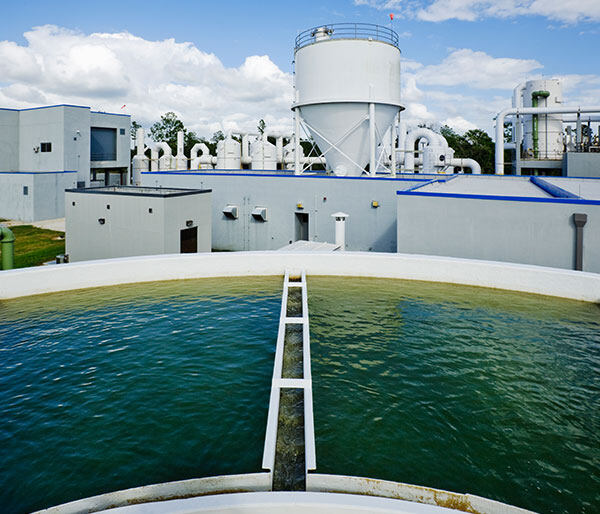Introduction of Painting Wastewater Treatment
During the automobile painting process, a large amount of sewage will be produced, containing different substances such as emulsified oil and phosphate left before painting. For the different types of sewage produced, the processes adopted are also different, but the purpose of adopting different processes for treatment is to be able to discharge waste water and sewage up to the standard.
The spray paint sewage treatment process mainly adopts the spray paint waste liquid pretreatment system, the painting wastewater treatment system, the biochemical treatment system, and the sludge treatment system.
1. Spray paint waste liquid pretreatment system
Discharge the spray paint waste liquid in the intermittent reaction tank, add lime milk to the reaction tank to help adjust the pH value of the spray paint waste liquid, and add water purification material polyaluminum chloride (PAC) for coagulation reaction, polymer water treatment flocculation The agent product polyacrylamide (PAM) is used for flocculation, and then through static sedimentation, the supernatant is discharged into the waste water tank, and the sludge is discharged into the physical sludge tank.
2. Coating wastewater treatment system
Before the painting workshop, the degreasing and cleaning wastewater discharged from the electrophoresis process and the electrophoresis cleaning wastewater should be treated, and the degreasing, electrophoresis, painting waste liquid generated after pretreatment and the phosphating waste water to be treated should be mixed together. , resulting in painting wastewater.
Elevate the coating wastewater to the coagulation reaction tank, add lime milk to the reaction tank to adjust the pH value of the wastewater, and control the pH value of the effluent to be alkaline, that is, the pH value is in the range of 9-10 Fang is alkaline. In addition, water purification material polyaluminum chloride (PAC) should be added for coagulation reaction, and polymer water treatment flocculant product polyacrylamide (PAM) should be added for flocculation reaction.
After the reaction, the wastewater enters the inclined plate sedimentation tank, and after the effective solid-liquid separation is carried out by the inclined plate, the supernatant is discharged into the pH reverse adjustment tank, and dilute hydrochloric acid is added to the tank to adjust the pH value of the wastewater to neutral , that is, the pH value is between 6-9 to be neutral, and then the wastewater adjusted to be neutral is discharged into the mixed sewage tank, and the sludge is discharged into the physical sludge tank.
3. Biochemical treatment system
The sewage in the mixed sewage tank is lifted into the SBR reaction tank, and the sewage can be discharged into the SBR effluent tank through the decanter through four links, which are stirring, aeration, sedimentation and drainage and sludge discharge.
Then put in the water purification material polyaluminum chloride (PAC) and the polymer water treatment flocculant product polyacrylamide (PAM) through the pipeline mixer to remove impurities after the coagulation reaction and flocculation reaction. At the same time, a filter is required And retrograde treatment, after meeting the municipal drainage connection standards, it can be discharged into the municipal sewage pipe network, and then the sewage can be treated at a deeper level.
Part of the wastewater will be treated through oxidation, and the factory area can be reused after meeting the national industrial reuse water standard. At the same time, the sludge generated in the SBR reaction tank is directly discharged into the biochemical sludge tank.
4. Sludge treatment system
The sludge treatment system is mainly an air mixing system set up in the physical and chemical sludge tank and the biochemical sludge tank to avoid the precipitation of pollutants.
Physicochemical sludge can be lifted to the physicochemical sludge thickening tank, and biochemical sludge can be lifted to the biochemical sludge thickening tank. Polyacrylamide (PAM), a polymer water treatment flocculant product, is added to the pool, and it needs to stand still after being stirred by compressed air. and concentration, so that the moisture content of the sludge is reduced to about 97%, and the resulting supernatant is discharged into the coating wastewater tank and the mixture tank for treatment again. For thickened sludge, it needs to be lifted to the box filter press separately, and after the sludge is dewatered, it should be formed into a mud cake with a moisture content of about 60%.
At the same time, the generated physical and chemical sludge is collected in a centralized manner and discharged to the hazardous solid waste room of the sewage station. The collected physical and chemical sludge needs to be regularly handed over to relevant units with hazardous waste treatment qualifications for treatment.
Biochemical sludge will be stored in the general solid waste room and retrograde, and it must be transported to landfill regularly.
QDEVU Screw Press Sludge Dewatering Machine adopts automatic renewal filter cake filtration technology for efficient concentration and dehydration of liquid sludge generated during wastewater treatment. It replaces the traditional filter screen to ensure the continuous and stable sludge water separation effect of the dehydrator. The machine adopts automatic control and does not require personnel to operate the equipment. The integrated design has a compact structure, and the unique structure of the dynamic and static ring filter tank makes the equipment not easy to block, which greatly saves operating costs.

#QDEVU #WATERTREATMENT #WASTEWATERTREATMENT #SEWAGETREATMENT #SEWAGEWATERTREATMENT #WATERFILTER #WATERFILTRATION #SLUDGETREATMENT #SLUDGEDEWATERING
Visit www.evuchina.com for more informations!



